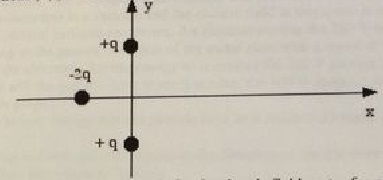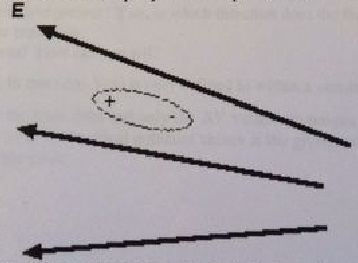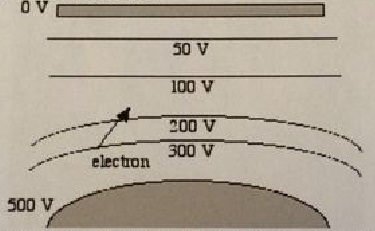Assignment:
Problems:
Show all work. Draw diagrams and explain answers where appropriate. Partial credit is available. Use Separate paper for solutions.
1) Three charged particles are arranged as shown below. Using the coordinate system shown the particle with charge -2q is at position, (-a.0)„ and the two particles with charge +q are at position (0,a) and (0,-a) respectively.

a) In terms of x, a and q derive a formula for the electric field vector for points along the positive x axis. Express your answer using unit vector notation.
b) Where on the positive x axis (including x=0) will the field magnitude be the greatest'? In which direction will the field vector point when the magnitude is at its maximum? Explain how you know.
c) Imagine that the particle with charge -2q is moved to the origin of the coordinate system and the two positively charged particles remain in place. Derive a formula for the electric field vector for points along, the positive y axis for y>a in terms of y,a and q. Use unit vector notation.
2) The polar molecule in the diagram below has a positive charge of + 19e at one end and a negative charge of -19e at the other. It is immersed in a nonuniform electric field (and aligned with the field direction), The magnitude of the field is 4.6 x 107N/C at the negative end of the molecule and drops by 3% at the positive end.

a) Determine the net force that acts on the molecule (calculate the magnitude and describe the direction).
b) What would the net force on the molecule be if the field were uniform with a magnitude (everywhere) of 4.6 x 107 N/C?
c) Water is as polar molecule. Imagine a stream of water failing through a region of space where an electric field exists. flow could this experiment be used to determine if the electric field is uniform or non uniform? Explain your reasoning and describe how you could use your observations to reach a conclusion.
3) In the device below a 500 V difference of pOtential is maintained between two conducting surfaces: one is roughly a hemisphere and the other a flat plate. The space between the conductors is a vacuum and the electric field M this space is non uniform, Several equipotential surfaces are shown. An electron crosses the 300 V equipotcntial surface heading in the general direction of the metal plate with a speed of 1.45 x 107 m/s.
a) Determine the electron's kinetic energy as it crosses the 300 V surface. How much kinetic energy will the particle have when it reaches the 100 V surface? Also determine its speed at this point.
b) How much kinetic energy will the particle have as it reaches the metal plate (assuming it does)?
c) Does the electric field (generally) point in the direction of the flat plate or the hemisphere? How can you tell? Discuss.

4) The motion of a singly ionized negatively charged ion moving parallel to the x axis is tracked. At x=5 cm the particle has 1.28 x 10-16 J of kinetic energy at x=8 cm the kinetic energy is 1.0 x 10-14 J at x=11 cm, 8.8 x 10-17 J and at x= 14cm, 8.4 x 10-17 J.
a) Is there an electric field present? If so, in which direction does the field's x component point? Explain your reasoning.
b) Is the field uniform? How can you tell?
c) Since E= -(dv/dx)i in this case, V(x) is only defined to within a constant: multiple sets dx of V's can represent the same field and only the ΔV values are unique. Devise two sets (tour measurements each) of electrical potential values at the given x values that are consistent with the data given.